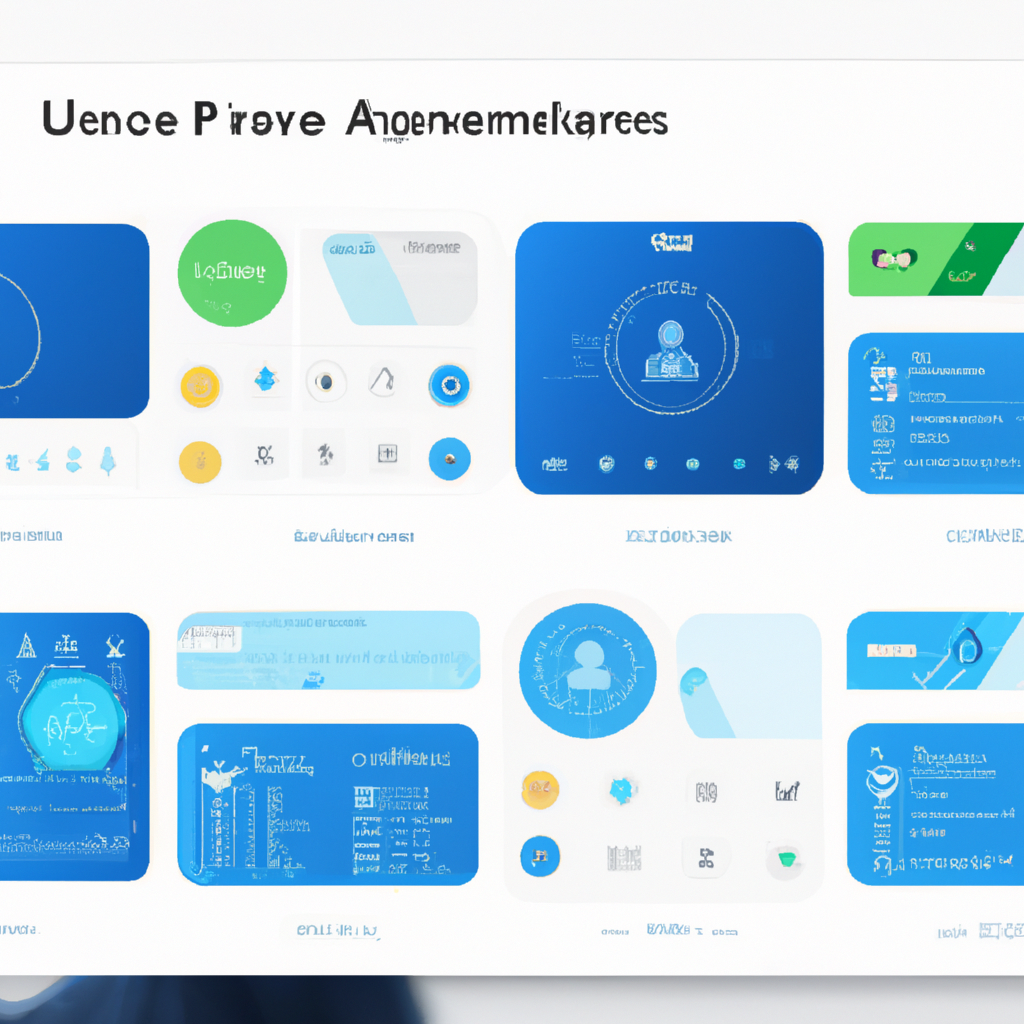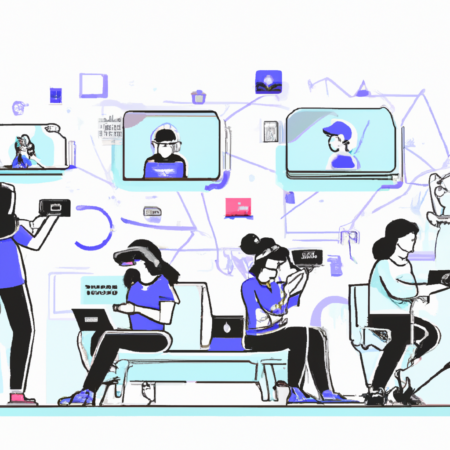Embracing the Future: Key UX & Design Trends to Watch in 2025
As we step into the second quarter of 2025, the landscape of User Experience (UX) and Design continues to evolve at a rapid pace. Innovations in technology and shifts in consumer behavior constantly reshape the strategies that designers must employ to create engaging and effective experiences. In this post, we’ll explore the most significant trends in UX and Design that are defining this year and beyond.
1. Advanced Personalization Through AI
Artificial Intelligence (AI) has moved from being a futuristic concept to a core component of user experience design. AI-powered tools are now able to analyze user behavior in real-time, enabling designers to tailor experiences to the individual needs and preferences of users. This hyper-personalization is not just about aesthetics; it’s about creating functional interfaces that adapt dynamically.
2. Integration of Virtual Reality (VR) and Augmented Reality (AR)
The boundaries between the digital and physical worlds continue to blur as VR and AR become more mainstream. These technologies are being adopted in various sectors including retail, education, and healthcare, providing immersive experiences that enhance user engagement and satisfaction. The challenge for UX designers is to integrate these technologies seamlessly into existing platforms while maintaining a focus on accessibility and usability.
3. Emphasis on Ethical Design and Accessibility
As digital products become more integral to our daily lives, the ethical implications of design have garnered more attention. In 2025, there is a strong emphasis on creating designs that are not only visually appealing but also accessible to all users, including those with disabilities. This includes the use of accessible color schemes, navigational structures that are easy to use, and content that is understandable for everyone.
4. Sustainable Design Practices
Sustainability is no longer just a buzzword; it’s a crucial element in design. UX designers are now considering the environmental impact of their designs, focusing on sustainable practices across the lifecycle of a digital product. This includes selecting eco-friendly materials for physical products and optimizing online services to reduce their carbon footprint.
5. The Rise of Voice User Interfaces (VUIs)
Voice technology has evolved significantly, and VUIs are becoming an essential part of the UX toolkit. As more devices become voice-enabled, designers must ensure that these interfaces are intuitive and can recognize a wide range of vocal inputs. The focus is on creating seamless conversational experiences that enhance user interaction without the need for physical touch.
As we continue to navigate through 2025, these UX and Design trends will not only shape the industry but also determine how we interact with technology in our everyday lives. Staying ahead of these trends is essential for designers who wish to remain competitive and innovative in this dynamic field.






